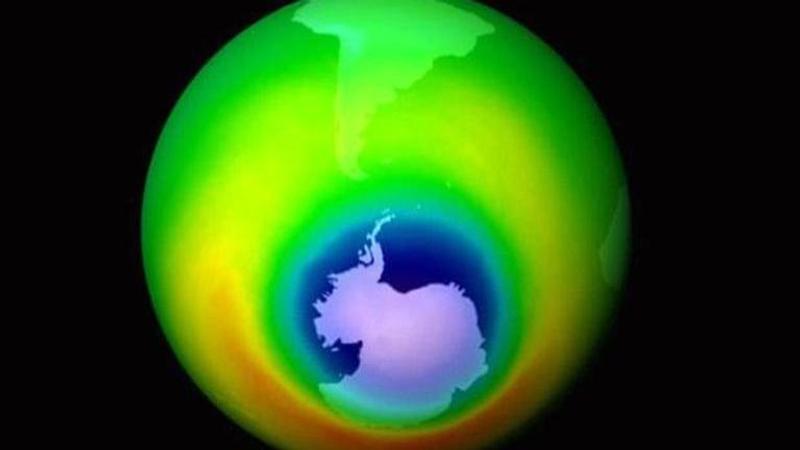Published 11:22 IST, March 26th 2020
Global efforts on ozone help reverse southern jet stream damage
A study revealed that international cooperation on ozone-depleting chemicals is helping to return the southern jet stream to a normal state after years.

A study revealed that international cooperation on ozone-depleting chemicals is helping to return the southern jet stream to a normal state after years of human-caused disruption. As per the reports, scientists stated that there is a capacity to heal damaged climate phenomenon if the governments take proper measures and tackle to deal with the causes. The southern jet stream is a powerful wind that shapes the weather patterns and ocean currents in the southern hemisphere, pertinently during the summers.
Depletion of ozone layer
The study revealed that until about 2000 it had been shifting from its usual course and moving southwards towards the Antarctic at a rate of one degree of latitude each ten years, affecting the climate systems over South America, East Africa, and Australia. As per the study, previous research revealed that this was primarily driven by the depletion of the ozone layer by manmade chemical compounds such as chlorofluorocarbons, hydrochlorofluorocarbons, found in fridges, aerosols and other industrial processes.
These chemicals resulted in depleting the ozone layer causing a huge "hole" high above the south pole that affected wind patterns. The study was published in journal Nature which shows that the Montreal protocol has paused the southward movement of the jet stream since the turn of the century. Satellite images revealed the ozone hole annual peak had shrunk to 16.4m sq km, the smallest extent since 1982.
Loss of 600 billion tons of ice
Meanwhile, a new study has found that the summer of 2019 has triggered the loss of 600 billion tons of ice from Greenland which is enough to raise global sea levels by 2.2mm within just two months. According to the reports, on analysing the satellite data it was revealed there has been a great loss to ice caps in just a few months of abnormally high temperatures around the northern pole. Last year was reportedly the hottest on record for the Arctic.
In the study, scientists have calculated that the enormous ice sheets in Greenland have lost an average of 268 billion tons of ice between 2002 and 2019. Global heating caused by the human-induced climate crisis are resulting in the glaciers to melt away around the world. As per the reports, scientists revealed the ice in Greenland is melting seven times faster as compared to 1990, pushing up previous estimates of global sea-level rise and putting 400 million people at risk of flooding every year by the end of the century.
(Image credit: AP)
Updated 11:13 IST, March 26th 2020




